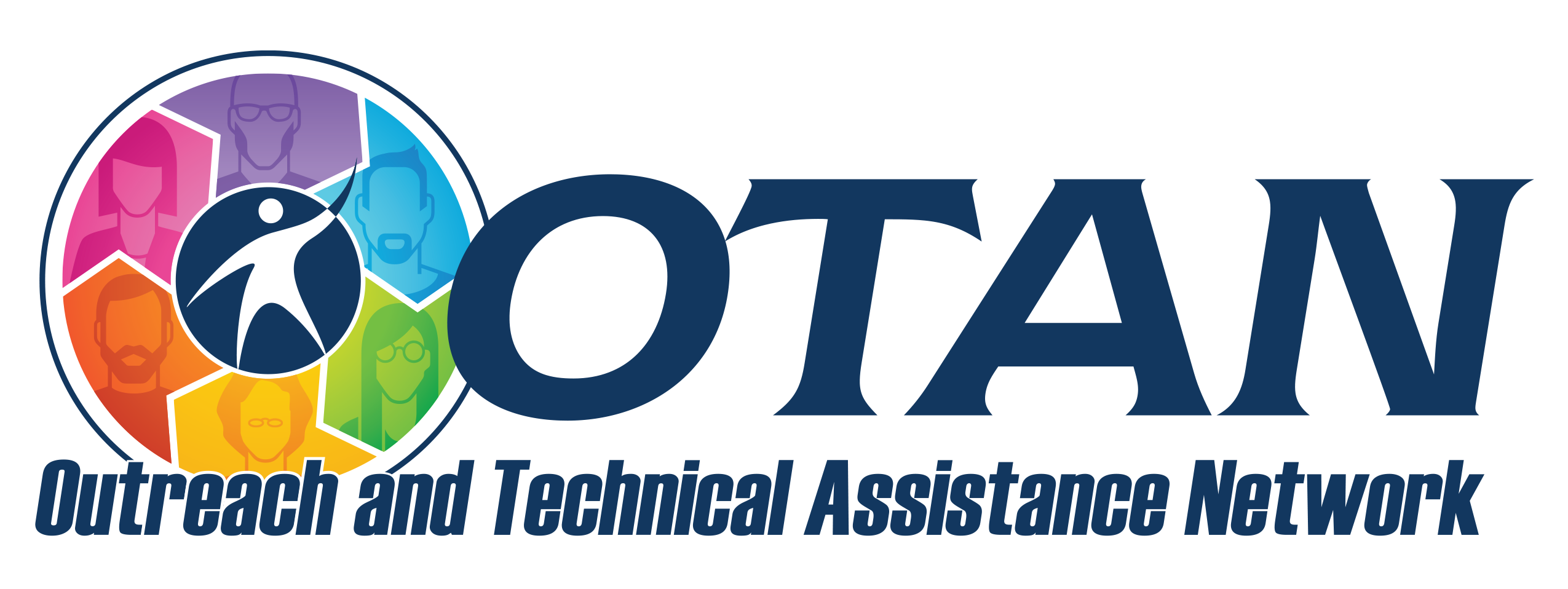Search
Ibiblio: 1492: An Ongoing Voyage
Details
Activity Description
In this activity, students work in groups to explore the 1492 exhibit called An Ongoing Voyage. Just as the first Europeans explored the world, students are guided through various ports of the Mediterranean and the Americas.
The exhibit provides two levels of use: one is a guided tour, which will be represented by the image of a ship: and the words Continue the Voyage will be alongside the image. When students finish exploring the documents and images to be found at a particular destination, they will want to sail on to the next by area by selecting either the image of the ship or the highlighted destination.
The exhibition examines the first sustained contacts between American people and European explorers, conquerors, and settlers from 1492 to 1600. The exhibit is divided into six sections:
What Came To Be Called "America"
The Mediterranean World
Christopher Columbus: Man and Myth
Inventing America
Europe Claims America
Epilogue
These sections are all links to other pages.
Preparation
- Make sure the site is not blocked at your school.
- Review the exhibit and decide which topics you want each group to work on.
- Decide how students will report their findings. This can be an oral or PowerPoint presentation or a written report.
Teacher Tips
- If students will be graded on this activity, you will want to create a rubric so students know actually what is expected.
- On this voyage, there is always the option of abandoning ship. If you want to move out of the guided tour of the exhibit, you may choose to browse the exhibit by using the outline. Not only does the outline provide an overview of the exhibit, but it is also a quick link to every document and image within the exhibit.
- Some users may prefer to skip the guided tour altogether and use the outline exclusively. That is fine. Choose whichever methods suit you best, or alternate between them.
- You may want to match parts of the exhibit with lessons in the US History textbook used in your class. This is a nice exhibit that can be used as an enrichment resource when teaching US History.
More Ways
- On this voyage there is always the option of abandoning ship . If you want to move out of the guided tour of the exhibit, you may choose to browse the exhibit by using the outline. Not only does the outline provide an overview of the exhibit, it is a quick link to every document and image within the exhibit.
- Some users may prefer to skip the guided tour altogether and use the outline exclusively. That is fine. Choose whichever methods suits you best, or alternate between them.
- You can also use the whole exhibit as the source for a research paper that can be exchanged for testing about this topic.
- Check out other topics to enrich your lessons
- Check out other topics to enrich your lessons using the Browse by Category list.
Program Areas
- ASE: High School Diploma

